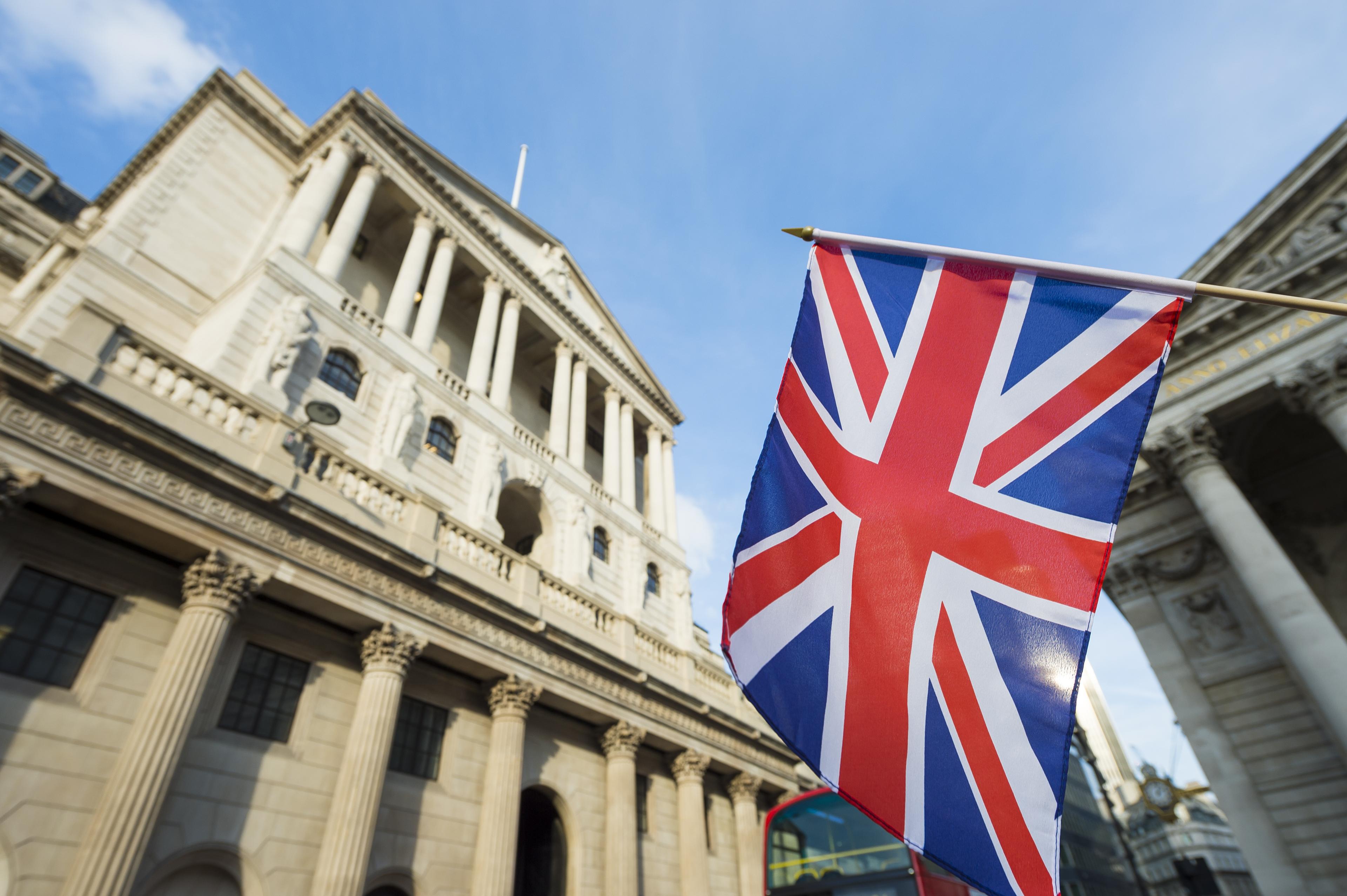
10 May 2024
Bank of England keep rates unchanged, but make hints towards pre-autumn cuts
Spotlight: Japan
Market Weekly

10 May 2024
Spotlight: Japan
Market Weekly
Market Weekly
Bank of England keep rates unchanged, but make hints towards pre-autumn cuts

In the late 1980s, Japan experienced an economic phenomenon known as the "Japanese Bubble Economy," marked by skyrocketing prices in real estate and stock markets. This bubble was fuelled by excessive speculation in markets, leading to inflated asset prices. However, by the end of 1989, the bubble burst, leading to a severe economic downturn. Property and stock prices plummeted, with shares in Japanese companies performing poorly against their developed market peers. This period of slow growth and deflation continued to plague the Japanese economy for many years after.
In 2014, the Japanese government launched the Nippon Individuals Savings Account (NISA), which allowed individuals to invest in the Japanese stock market without incurring tax on dividends or capital gains. Its primary goal was to transform Japan’s ageing nation of overly cautious savers who predominantly held cash savings, into proactive investors to help stimulate Japan’s economy. However, the impact was not as great as expected and more was needed to accelerate enthusiasm over the stock market. This came in the form of the latest Prime Minister Fumio Kishida (elected in 2021). His makeover of the NISA as part of his “new capitalism” drive aimed to increase retail investor numbers. Since coming into power, annual allowances have been increased with a goal of doubling household income from investments and lowering the number of individuals reliant on public pension funds. Last year close to 20 million NISA accounts were active in Japan, indicating a step in the right direction, (source Reuters.com).
Today, markets seem to be reflecting the broader optimism about Japan’s economic future. At the beginning of 2023, the Nikkei 225 (Japan’s stock market index for the Tokyo Stock Exchange) had risen more than 50% and reached a 34-year high, surpassing the previous record set in 1989. This market activity, aided by intense foreign buying is sparking hope that Japan’s stock market may have recovered following the collapse of the “bubble era”, source FT.com. What’s more, the weak yen and improving governance are attracting foreign buyers again, due to the attractive exchange rates. Looking overseas, optimism in this Asian market is notably on the rise, with several investment and wealth firms in the US and UK, rebalancing to an ‘overweight’ position on Japan, (source Citywire Wealth Manager). Kishida has also been vocal about encouraging American business leaders to increase their investments in Japan, particularly in critical technology sectors like semiconductors, artificial intelligence, and quantum computing to further boost the economy. Confidence in Japan’s economy is backed up by the Bank of Japan’s decision last month to end their 17-year long era of negative interest rates, signalling they can provide less stimulus as the economy is getting stronger.
The chart below shows the growth of the Japanese market over the past ten years.
Total returns for the past 10 years
The Noise
The Numbers
The Nuance
Much like their peers across the pond did last week, The Bank of England’s Monetary Policy Committee kept rates unchanged at their latest meeting on Thursday. Rates were held at a 16-year high of 5.25%, with seven of the committee members voting to hold rates and now two (up from one last meeting) voting to cut rates to 5%. Governor Andrew Bailey explained that the BoE may need to start cutting rates by more than the market expects, and it could start at its next scheduled meeting in late June. He did however warn that “a change in Bank Rate in June is neither ruled out nor a fait accompli”.
Following a similar tact to the Federal Reserve, the BoE have highlighted that any rate cut decision will rely on economic data to inform the assessment that the risks for inflation persistence are receding. Two official sets of labour market and two rounds of inflation figures are due before their next meeting on June 20th.
Financial markets have priced in a first quarter-point rate cut by August, with a second cut priced in before the end of the year. The Bank of England’s latest inflation forecasts though seem to suggest that investors may be too conservative in their expectations of rate cuts. They have reduced their forecasts for two and three years’ time to 1.9% and 1.6% from their February projections of 2.3% and 1.9%. Though the BoE do not have the best track record of forecasting inflation, it does provide insight into how they are viewing the economy.
Following the decision UK government bond yields fell, particularly that of the two-year government bond, which is most sensitive to BoE rate speculation. Sterling also fell briefly versus the dollar.
Disclaimer
All investment views are presented for information only and are not a personal recommendation to buy or sell. Past performance is not a reliable indicator of future returns, investing involves risk and the value of investments, and the income from them, may fall as well as rise and are not guaranteed. Investors may not get back the original amount invested.
Any views expressed are based on information received from a variety of sources which we believe to be reliable, but are not guaranteed as to accuracy or completeness by atomos. Any expressions of opinion are subject to change without notice.
The value of investments and any income from them can fall and you may get back less than you invested.
The value of investments and any income from them can fall and you may get back less than you invested.